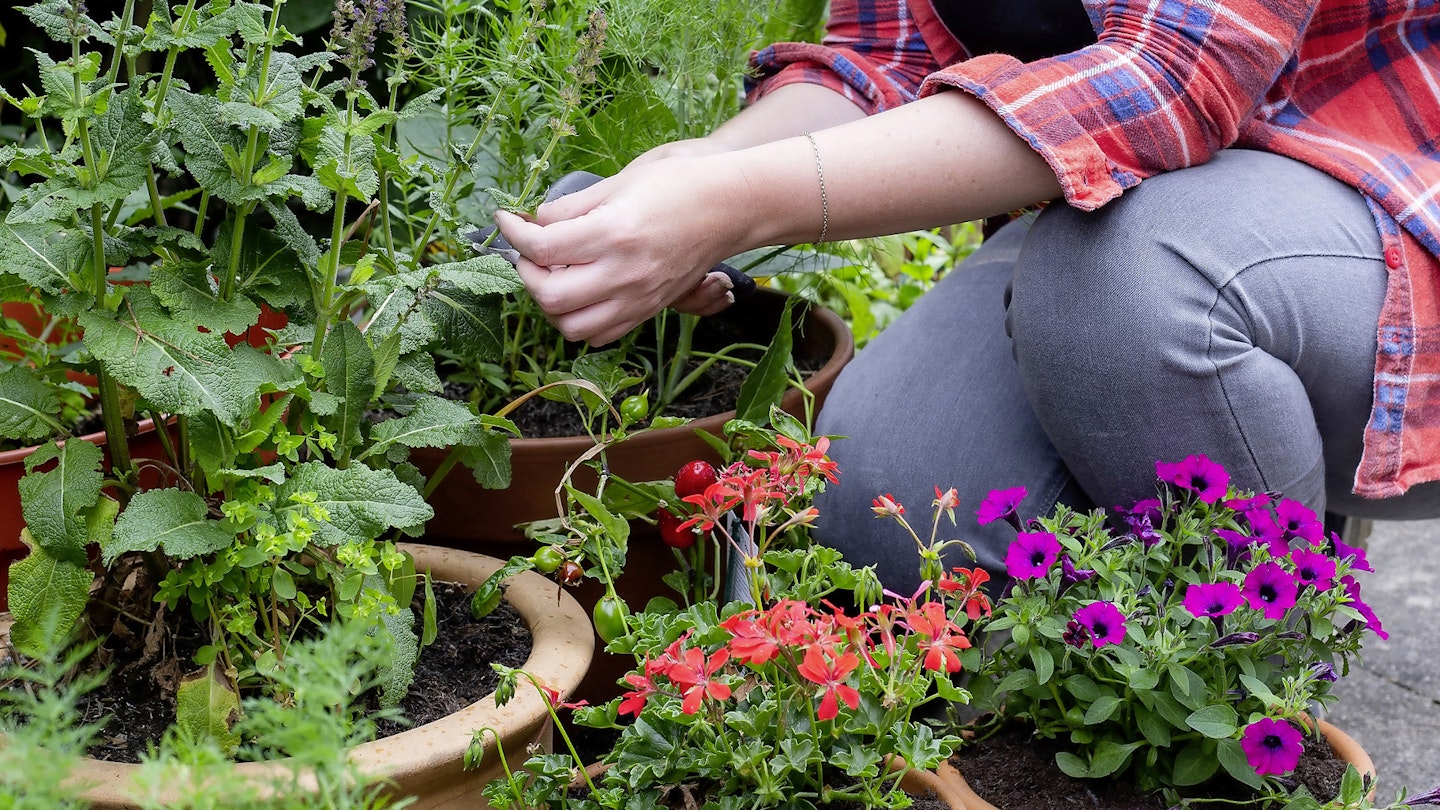Thankfully, loads of our favourite plants can get a second wind if we give them a bit of a helping hand. By midsummer, perennials have usually given their all for a month or two and gone past their first flush of youth, looking a bit straggly and spent.
If yours have used up all their blooming power, trim the flower stems down – easy enough with secateurs on single plants. If you have swathes of the same plant, use shears to do a big blanket trim.
Some plants may look a bit boring and leafy for a little while, but will soon bounce back and give you a fab late flush of flowers to brighten up late summer and into autumn.
This is essentially deadheading on a large scale – in the same way that you deadhead dahlias, sweet peas or roses to produce even more flowers, masses of perennials can be given a ‘haircut’ to do the same.
This timely clipping not only encourages more flowers, but it thoroughly tidies up the plant and makes it more attractive, healthier and more compact.
Here are some examples of rebloomers that you can tackle now to get a gorgeous display later on.
GN Recommends
Nepeta – Unsightly, spent catmint can be sheared back to encourage later flowers.
Salvias – Once salvia stems have finished flowering, cut each one down to renew.
Ox-eye daisies – Gangly stems can be sheared down and will soon sprout new flowers.
Wallflowers – Perennial wallflowersneed a snip down after flowering to keep fresh.
